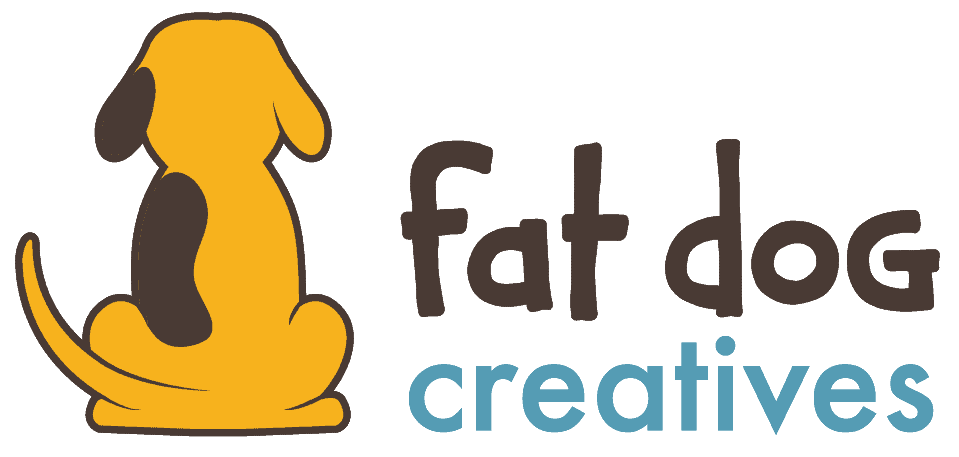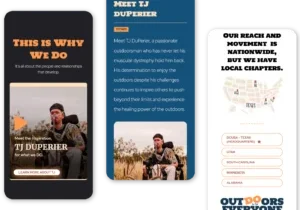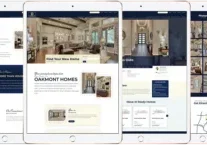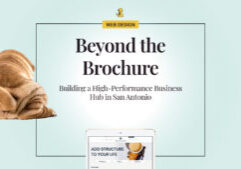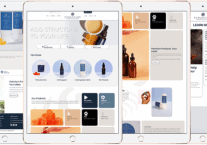Perception Biases Regarding Aesthetics and Attractiveness
Share this article.
How aesthetics and attractiveness perception biases influence our emotional connection (behavior). Aesthetic design is perceived as user-friendly. Likewise, perceived high attractiveness is associated with intelligence, morality, and sociability. Therefore, aesthetic design and inherent aesthetic human features contribute to even greater influence together.
Perception, Value, and Usability
Perception biases go beyond commodities and pricing. (Read also the article, Simplicity and Perception.) Artists of all media and disciplines use aesthetics to influence viewers’, listeners’, and users’ emotional state during and after the experience with the artistic work. Aesthetic properties used to influence might be colors (warm tones for sensuality and sensitivity; cool tones for intellect or deliberate emotional disconnect), type of shot (for videography and photography, like using a closeup for intimacy between the viewer and character), and music tempo (allegro for tension, andante for calm).
Attributing Aesthetics
Aesthetics and attractiveness influence our perceptions and behaviors far more than we may be aware. It’s no secret that we are drawn towards people and objects we find visually pleasing. However, can you articulate what those “pleasing” (and bias) features you may be subconsciously attributing are or might be? These attributions may or may not be true or real, regardless of what our inferred perceptions may be.1
Aesthetics simply means “appreciation of, or relating to beauty.” We humans appreciate beauty for both simplicity and complexity. Aesthetics also creates the perception that the object is easier to use than comparable objects without aesthetic design. This phenomenon is known as the aesthetic-usability effect. Additionally, we must note that positive attitudes (like affection, loyalty and patience) and tolerance (forgiveness of errors) are significantly greater with aesthetic design than without.
How do these influence behavior–the emotional perception?
First Impressions Aren’t Just for Interviews and Dating
The first impression a user/consumer has of an object/product/business significantly influences the long-term perception and interaction.
Therefore, effective, successful, and readily accepted use of a design (product, software, etc.) is reliant upon the aesthetics.
“…Perception is for processing sensory inputs, thinking is for forming judgments about what is the case and solving problems, and emotion is for behaviorally reacting to events that bear on well being.”2
Emotions influence behavior. We use logic to investigate and justify, but it’s emotion that causes us to react–purchase, avoid, choose, etc. The object of desire may make us feel better or more secure in some way. Additionally, the first impression helps to extend (or cut short even if 2nd perception is highly aesthetic) the emotional attachment.
Attractiveness (Not Human Aesthetics)
Attractiveness as part of biology is based on fertility and health.1 Thankfully, for the less attractive population, being attractive person does not necessarily mean you’ll make more money.
“…Says Dr. Patzer, we are just hard wired to respond more favorably to attractive people. Even studies with babies show they will look more intently and longer at prettier faces. ‘This is something anthropologically that has existed for as long as history exists,’ he says.”3
Therefore, if we approach every daily interaction as a potential first-impression of our business, we need to not only strive to look and be our healthiest but also work on refining the aesthetics of our daily casual and work attire to maximize and capitalize on the accidental first-impressions that could occur at our front doors, grocery stores, and gas stations.
How is this related to graphic design?
It may be obvious by now the subconscious psychological influences we can and do employ both deliberately and naturally (unknowingly). It’s less obvious of what those tools and properties to produce aesthetics might be when applied to design.
A few practical examples where we should focus our efforts on aesthetics beyond a product might be:
- logo
- web site
- business card
- environment (where users/customers/clients might experience your product or service)
- collateral
What aesthetic properties might be applied to these?
- golden ratio
- contoured elements
- advance organizing principles, like chunking
- biophilia effect
- alignment by area
These are examples and not a complete list of options. Talk to a designer about other properties to employ to buildup the positive affects towards you, your business, and your product or service. Obviously, this is all about the overall brand experience and interaction.
- Lidwell, William, et all. Universal Principles of Design. 2003. Rockport, 2010.
- Seidel, Angelika L.. Evaluative mind: Extraneous influences on morality, aesthetics, and perception. Diss. City University of New York, 2017. Web. 12 June 2017.
- Keith Morrison. “NBC News.” Face Value: Hidden camera investigation: Do looks really matter?, 12 Jan. 2004, http://www.nbcnews.com/id/3917414/ns/dateline_nbc/t/face-value/#.WT8mMRPys0o. Accessed 12 June 2017.
